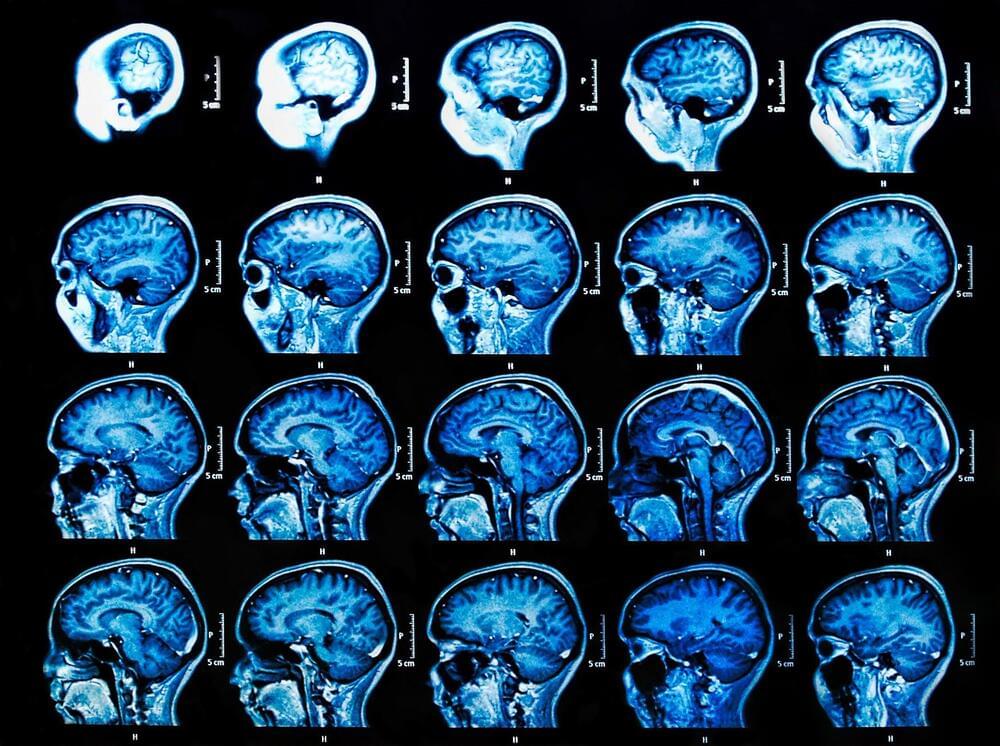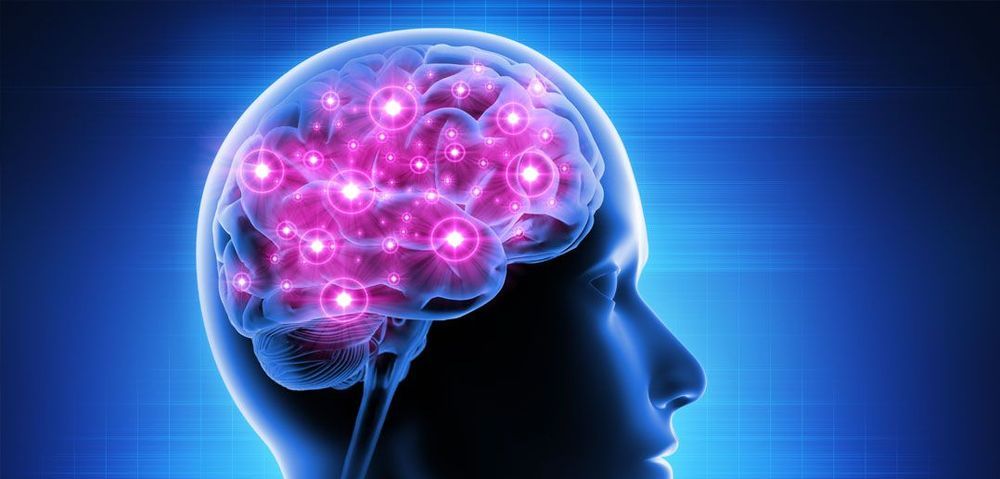Page 7257
Aug 4, 2020
This Deep-Learning AI Can Code Just Like a Programmer
Posted by Quinn Sena in category: robotics/AI
A team of computer scientists has developed a new AI that can write code and predict software solutions for programmers navigating through numerous application programming interfaces (APIs).
For years, research scientists have been studying how programs can generate instant feedback that coders can address immediately. A wide range of applications has already been created, all of which aim to detect faulty or questionable lines of code. While this has only been minimally integrated into most developers’ software tools, a team of computer scientists from Rice University has recently figured out a way for developers and programmers to receive feedback on their code while suggesting solutions for their programs—all through artificial intelligence (AI).
Aug 4, 2020
NASA’s Perseverance Rover Will Carry First Spacesuit Materials to Mars
Posted by Alberto Lao in categories: materials, space
In a Q&A, spacesuit designer Amy Ross explains how five samples, including a piece of helmet visor, will be tested aboard the rover, which is targeting a July 30 launch.
NASA is preparing to send the first woman and next man to the Moon, part of a larger strategy to send the first astronauts to the surface of Mars. But before they get there, they’ll be faced with a critical question: What should they wear on Mars, where the thin atmosphere allows more radiation from the Sun and cosmic rays to reach the ground?
Amy Ross is looking for answers. An advanced spacesuit designer at NASA’s Johnson Space Center in Houston, she’s developing new suits for the Moon and Mars. So Ross is eagerly awaiting this summer’s launch of the Perseverance Mars rover, which will carry the first samples of spacesuit material ever sent to the Red Planet.
Aug 4, 2020
Scientists propose a novel method for controlling fusion reactions
Posted by Quinn Sena in category: nuclear energy
Scientists have found a novel way to prevent pesky magnetic bubbles in plasma from interfering with fusion reactions—delivering a potential way to improve the performance of fusion energy devices. And it comes from managing radio frequency (RF) waves to stabilize the magnetic bubbles, which can expand and create disruptions that can limit the performance of ITER, the international facility under construction in France to demonstrate the feasibility of fusion power.
Magnetic islands
Researchers at the U.S. Department of Energy’s (DOE) Princeton Plasma Physics Laboratory (PPPL) have developed the new model for controlling these magnetic bubbles, or islands. The novel method modifies the standard technique of steadily depositing radio (RF) rays into the plasma to stabilize the islands—a technique that proves inefficient when the width of an island is small compared with the characteristic size of the region over which the RF ray deposits its power.
Aug 4, 2020
More than 1.4 million power outages in N.J. from Isaias. Restoration could take days, officials say
Posted by Quinn Sena in categories: business, energy
More than 1.4 million homes and businesses across New Jersey lost power as of Tuesday afternoon as powerful winds and heavy rains from Tropical Storm Isaias battered the Garden State.
That’s more than 25% of the utility customers in the state and half of JCP&L’s 1.1 million customers in the dark, according to outage maps provided by the three major utility companies in New Jersey.
Aug 4, 2020
Video: ‘Mystery Creature’ Washes Ashore in England
Posted by Quinn Sena in category: futurism
By Tim Binnall
Residents of a coastal community in England were left scratching their heads and holding their noses after the massive and odorous remains of a mystery creature washed ashore. The creepy carcass was reportedly first discovered last Wednesday on a beach in the town of Ainsdale. Witnesses who dared to venture close enough to the creature to get a good look at it were baffled by the beast and could not identify what it may have been.
Continue reading “Video: ‘Mystery Creature’ Washes Ashore in England” »
Aug 4, 2020
CDC expects 2020 outbreak of rare, life-threatening condition affecting children
Posted by Quinn Sena in category: biotech/medical
The Centers for Disease Control and Prevention (CDC) warned parents and doctors Tuesday that it expects another outbreak this year of a rare but life-threatening condition that mostly affects children.
Outbreaks of acute flaccid myelitis (AFM), a serious neurologic condition that can cause paralysis, typically peak every two years between August and November.
The last peak occurred in 2018, when 238 cases were reported to the CDC.
Aug 4, 2020
Beirut explosion: at least 78 dead and 4,000 wounded, says Lebanon health ministry – live updates
Posted by Quinn Sena in categories: biotech/medical, health
Interior minister says ammonium nitrate likely caused at least one explosion amid reports hospitals too damaged to treat patients.
Aug 4, 2020
3 Ways Artificial Intelligence Will Change Healthcare
Posted by Genevieve Klien in categories: biotech/medical, business, robotics/AI
It’s no secret that healthcare costs have risen faster than inflation for decades. Some experts estimate that healthcare will account for over 20% of the US GDP by 2025. Meanwhile, doctors are working harder than ever before to treat patients as the U.S. physician shortage continues to grow. Many medical professionals have their schedules packed so tightly that much of the human element which motivated their pursuit of medicine in the first place is reduced.
In healthcare, artificial intelligence (AI) can seem intimidating. At the birthday party of a radiologist friend, she gently expressed how she felt her job would be threatened by AI in the coming decade. Yet, for most of the medical profession, AI will be an accelerant and enabler, not a threat. It would be good business for AI companies as well to help, rather than attempt to replace, medical professionals.
In a previous article, I expressed three ways in which I consistently see AI adding value: speed, cost and accuracy. In healthcare, it’s no different. Here are three examples of how AI will change healthcare.
Aug 4, 2020
Neuroimaging study suggests a single dose of ayahuasca produces lasting changes in two important brain networks
Posted by Brent Ellman in categories: biotech/medical, neuroscience
Consuming a single dose of the psychedelic brew ayahuasca can result in lasting changes in higher-order cognitive brain networks, according to a new study published in the Journal of Psychopharmacology.
Ayahuasca, a concoction used for centuries by indigenous Amazon tribes, contains the powerful psychedelic drug dimethyltryptamine (DMT) and monoamine oxidase inhibitors. The brew is typically prepared using leaves from the Psychotria viridis shrub and the bark of the Banisteriopsis caapi vine.
The new neuroimaging research suggests that ayahuasca may produce long-lasting effects on mood by altering the functional connectivity of the brain’s salience and default mode networks.


















